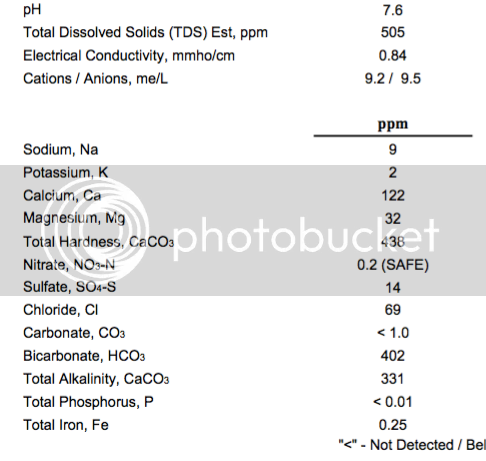I've never even thought of mash PH as an issue because it never was until we moved to Ohio well water. I had severe astringency problems. I had it tested and it's super hard, so I had a tank added to new RO system over a year ago. And problems went away, until I tried my first saison.
I used Brunwater, but it's on a mac so not sure it's calculating the grain bill correctly. If it is, I'm getting a 5.78 mash PH and that would explain a lot. In combination with that, I mashed in really high and it's quite possible there were pockets of water in the 170 range, and sparge water was hot as well. So I may have hit the trifecta on this one. I did a pale ale a couple of days later and it is superb out of the fermenter right now, so I'm thinking I may be getting away with lousy PH because of temp control.
Can someone check this grain bill for untreated RO strike water of 6 gallons and what the est PH is?
6.5# Munich
2.0# Munich 20L
1.0# Flaked Rye
1.0# Special B
Recommendations on Gypsum/CaCl treatments for 6 gallons? This is a pretty common grain bill for me. Thanks, this place is great, have learned a lot.
I used Brunwater, but it's on a mac so not sure it's calculating the grain bill correctly. If it is, I'm getting a 5.78 mash PH and that would explain a lot. In combination with that, I mashed in really high and it's quite possible there were pockets of water in the 170 range, and sparge water was hot as well. So I may have hit the trifecta on this one. I did a pale ale a couple of days later and it is superb out of the fermenter right now, so I'm thinking I may be getting away with lousy PH because of temp control.
Can someone check this grain bill for untreated RO strike water of 6 gallons and what the est PH is?
6.5# Munich
2.0# Munich 20L
1.0# Flaked Rye
1.0# Special B
Recommendations on Gypsum/CaCl treatments for 6 gallons? This is a pretty common grain bill for me. Thanks, this place is great, have learned a lot.



